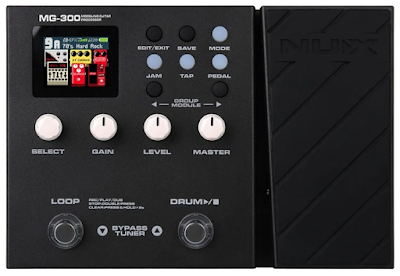I've been using a Seeed Studio Wio Terminal as an external display for a Raspberry Pi. I initially wrote an Arduino sketch that took high level, application-specific commands over serial and rendered appropriate display elements. This has the disadvantage that adding UI features required updating the Arduino code, which is more of a pain and slower to iterate on.
Instead, I'm now planning on sending rendering commands over the serial interface - turning the microcontroller into a general purpose rendering device.
I've thrown my initial code up on GitHub here:
github.com/mikeoliphant/SerialTFT
It currently only supports a small set of commands for rendering rectangles and text. I'll be adding more features as I need them.
